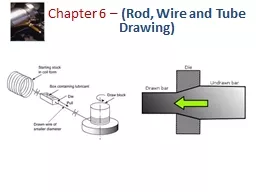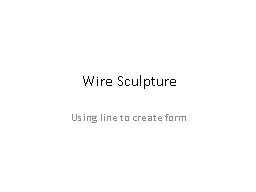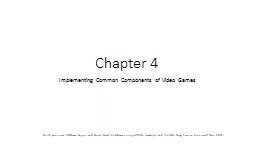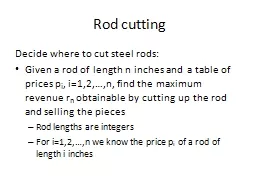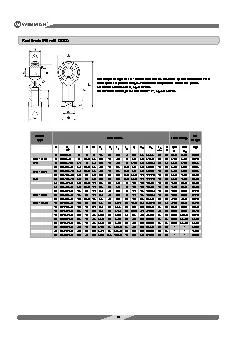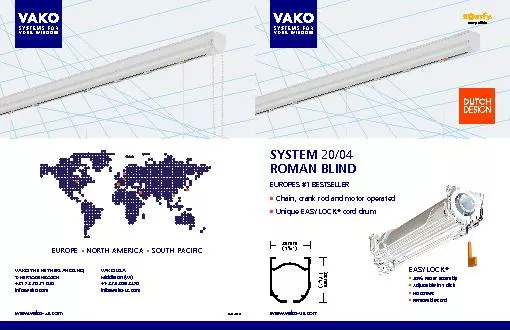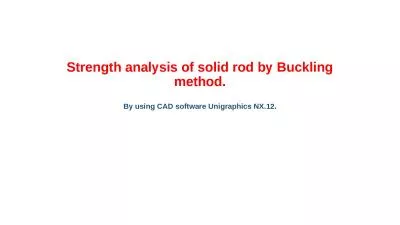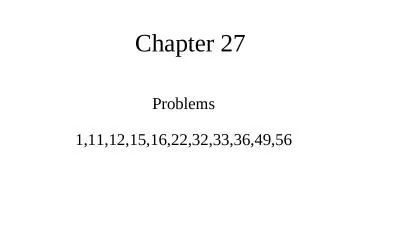PPT-Chapter 6 – (Rod, Wire and Tube Drawing)
Author : luanne-stotts | Published Date : 2019-03-01
Introduction Drawing is an operation in which the crosssectional area of a bar or tube is reduced or changed in shape by pulling it through a converging die dies
Presentation Embed Code
Download Presentation
Download Presentation The PPT/PDF document "Chapter 6 – (Rod, Wire and Tube Drawi..." is the property of its rightful owner. Permission is granted to download and print the materials on this website for personal, non-commercial use only, and to display it on your personal computer provided you do not modify the materials and that you retain all copyright notices contained in the materials. By downloading content from our website, you accept the terms of this agreement.
Chapter 6 – (Rod, Wire and Tube Drawing): Transcript
Download Rules Of Document
"Chapter 6 – (Rod, Wire and Tube Drawing)"The content belongs to its owner. You may download and print it for personal use, without modification, and keep all copyright notices. By downloading, you agree to these terms.
Related Documents

